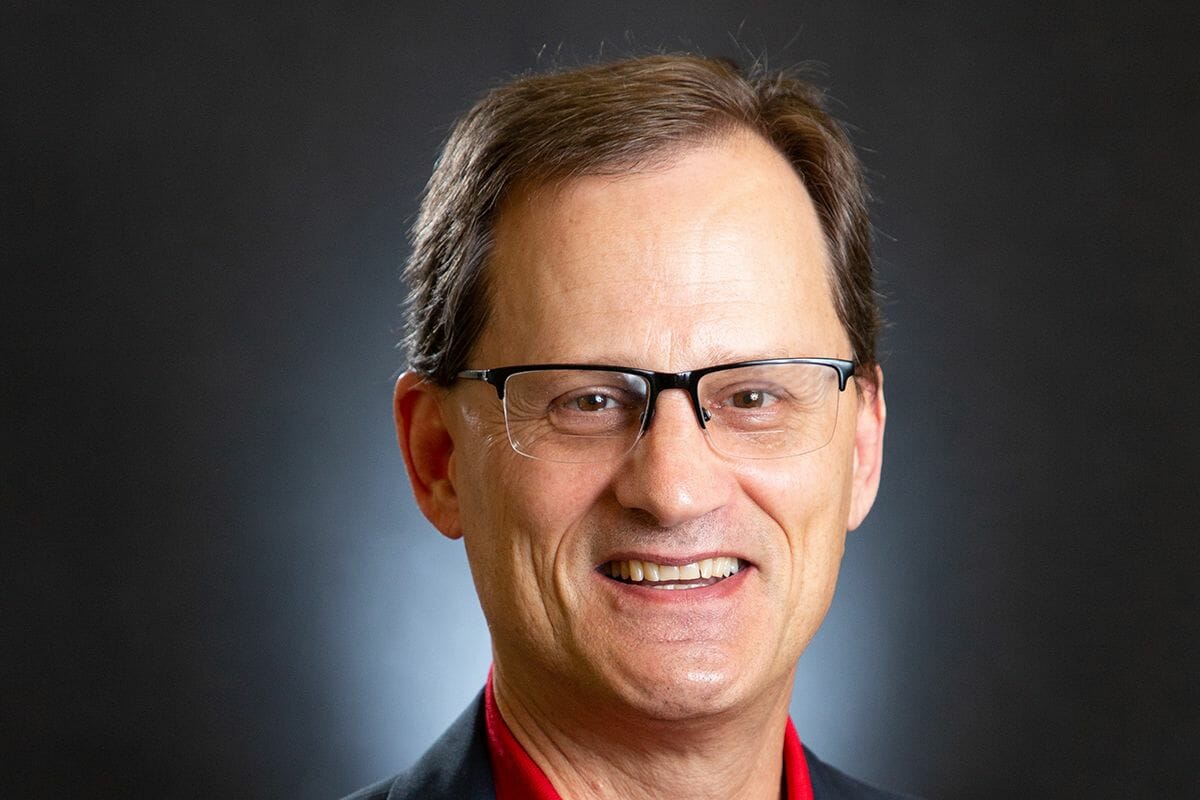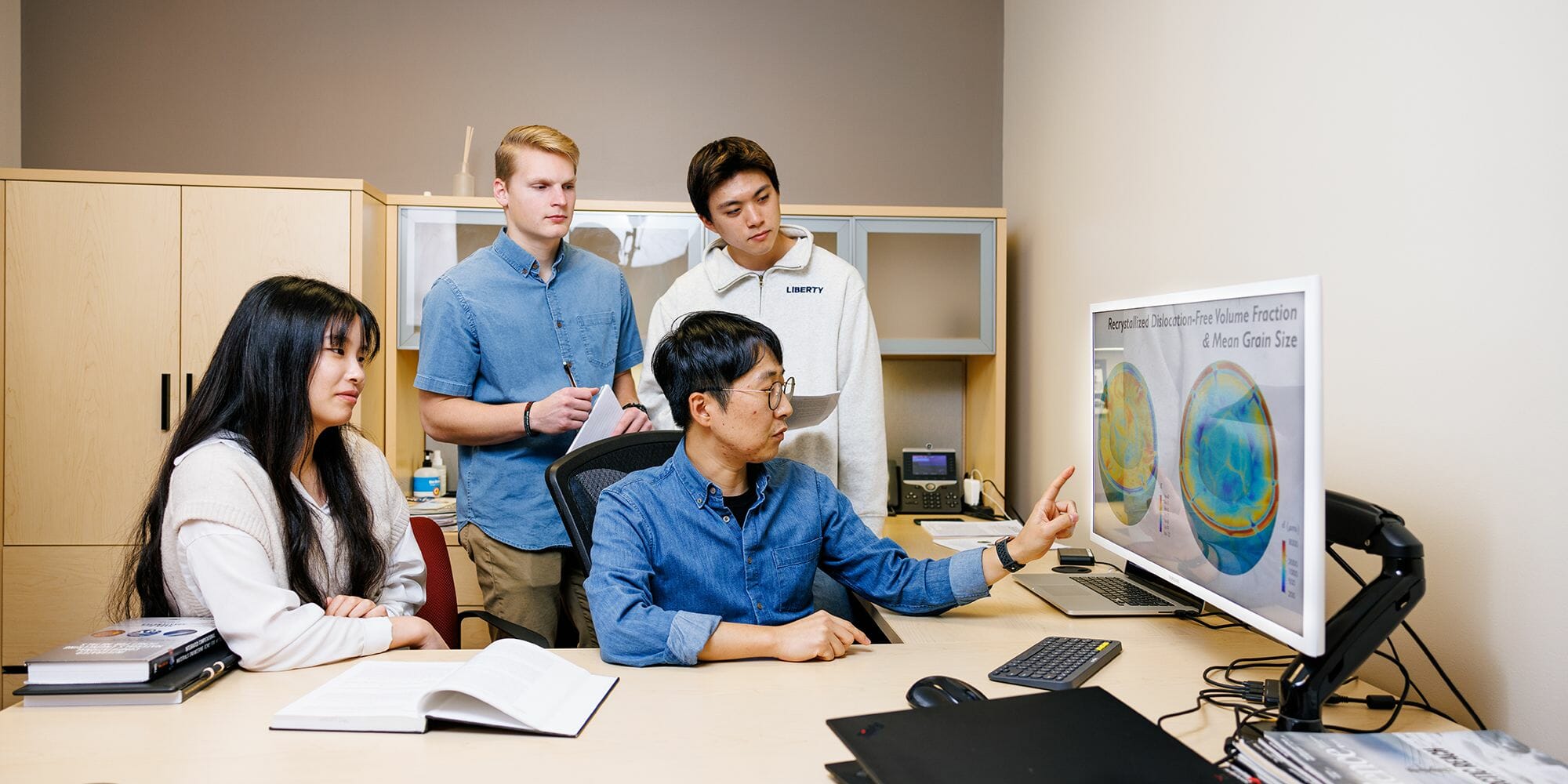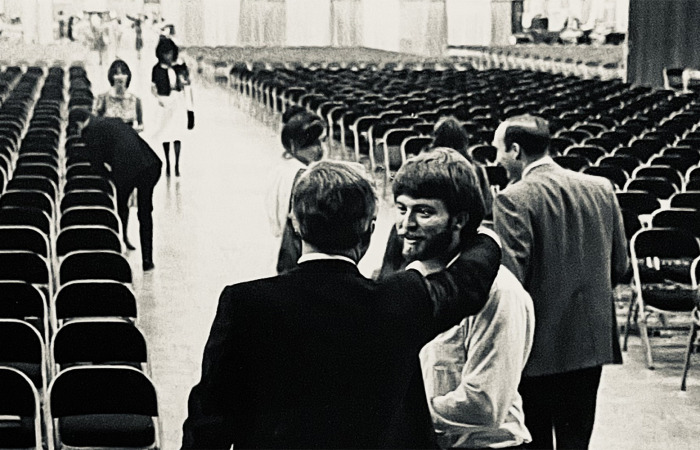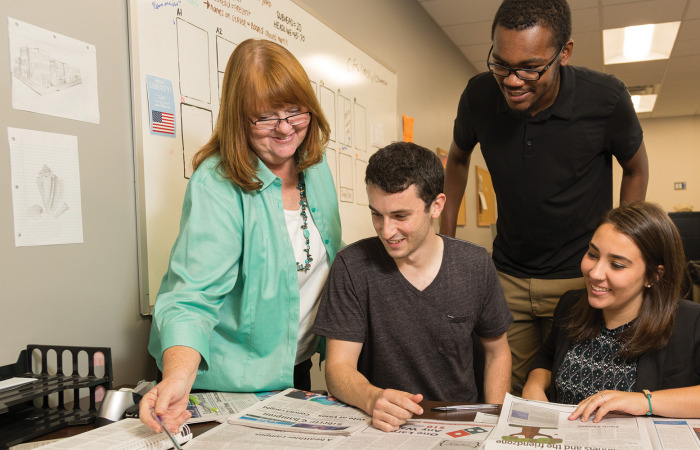 Genesis 7:11-12 states, “ … the same day were all the fountains of the great deep broken, and the windows of heaven were opened. And the rain was upon the earth 40 days and 40 nights.” At the Liberty University School of Engineering, High Performance Computing (HPC) is enabling students to conduct scientific analysis of the worldwide flood.
Genesis 7:11-12 states, “ … the same day were all the fountains of the great deep broken, and the windows of heaven were opened. And the rain was upon the earth 40 days and 40 nights.” At the Liberty University School of Engineering, High Performance Computing (HPC) is enabling students to conduct scientific analysis of the worldwide flood.
Dr. John Baumgardner and Dr. Heechen Cho and their students are studying the flood and have shown that the “fountains of the great deep breaking” is related to the earth’s lithosphere (the outermost part of the earth) subducting, or being drawn downward, into the center of the earth because of gravity. This action precipitated worldwide mantle motion that caused magma to come forth into the ocean, thus inducing global rain for 40 days and 40 nights.
Their analysis is only one aspect of the School of Engineering’s “Simulating Genesis” project, where faculty and students are studying the days of the Creation and other events in Genesis to show how the laws of physics align with biblical history.
Students are also using HPC to explain the ability of Noah’s ark to withstand the flood. To understand this from an engineering design standpoint, we can look at the automobile industry. When mechanical engineers design cars, they are worried about the strength and stiffness. The strength of a car’s parts is important because we don’t want the car to fall apart under different driving conditions and environments. The stiffness of the car is also important because it is related to the resonant frequencies (the natural rate of vibration). If the frequencies reach 4-10 Hz, then passengers will get sick to their stomachs. If the resonant frequency is 13-14 Hz, then they will get a headache or become dizzy. Hence, car designers try to stay away from these frequencies to ensure happy commuters in their vehicles. When studying Noah’s ark, HPC simulations showed that the ark’s strength would have sustained Noah, his family, and animals for the year period (370 days) without a worry of tipping over or breaking up. Furthermore, the simulations showed that the resonant frequencies of the ark were 1 Hz and 16 Hz, so they were outside the ranges for affecting humans’ stomachs or brains. The simulations unequivocally show that Noah’s ark was safe and dynamically stable.
Simulating Genesis started out as part of our growing residential graduate program, which includes 20 Ph.D. students and 10 M.S. students. Recently, we have brought in some of our undergraduates as well to receive hands-on learning with HPC. It is exciting to see Liberty setting up a computational environment that allows undergraduate and graduate students to develop a Christian scientific and technical apologetic that substantiates the Bible.
The objectives of Simulating Genesis are to remove doubt, unbelief, and the spirit of skepticism in order to free one’s mind to fully believe in the Bible and the Gospel of Jesus Christ. Genesis has been critically attacked by atheistic evolutionists. If Genesis is not historically true, then Adam is not historically true. If there is no Adam, who failed the Creator’s first command, then there is no need for Jesus Christ to redeem back what Adam lost. Alternatively, if Genesis is true, and Adam’s sin did cause separation from the Creator, then humans are lost and are in need of a Savior. Hence, Simulating Genesis is a means to “validate” the Bible’s historicity with science.
If we can show that all other aspects of Genesis are true, then one can reason that the rest of the Bible is true, like Adam and Jesus! Once one has the doubt, unbelief, and skepticism removed, then they can fully commit to
believing wholesale in Jesus, giving up their lives, desires, and futures fully to Him without reservation, since “without faith, it is impossible to please Him.” (Hebrews 11:6)
 Dr. Mark Horstemeyer is Dean of the School of Engineering. His life work has focused on Integrating Computational Materials Engineering (ICME). He has 30 years of industrial, national laboratory, and academic experience and is a fellow in the American Society of Metals, the American Society of Mechanical Engineers, the Society of Automotive Engineers, and the American Association for the Advancement of Science. He is also a member of the National Academy of Sciences in the European Union.
Dr. Mark Horstemeyer is Dean of the School of Engineering. His life work has focused on Integrating Computational Materials Engineering (ICME). He has 30 years of industrial, national laboratory, and academic experience and is a fellow in the American Society of Metals, the American Society of Mechanical Engineers, the Society of Automotive Engineers, and the American Association for the Advancement of Science. He is also a member of the National Academy of Sciences in the European Union.




